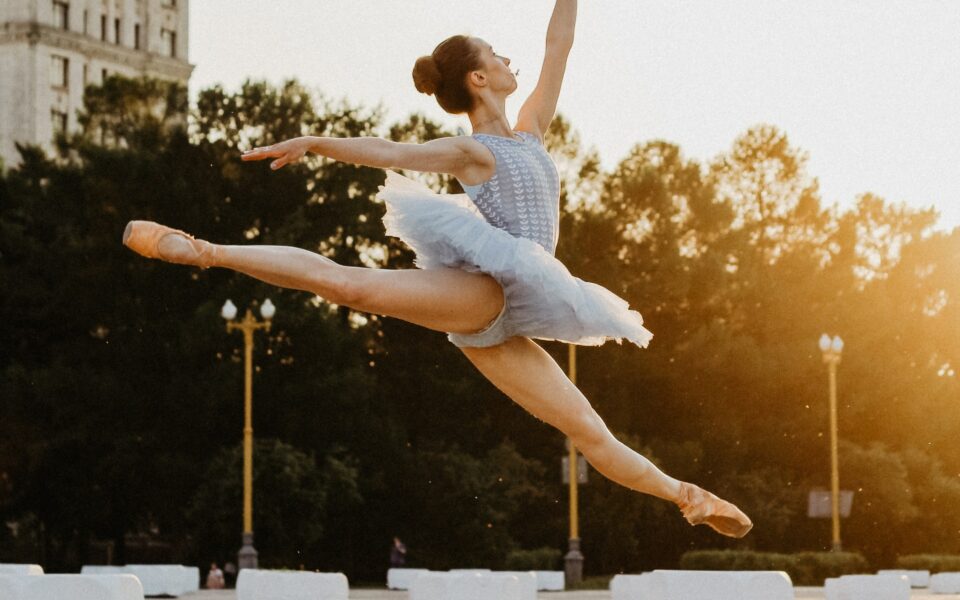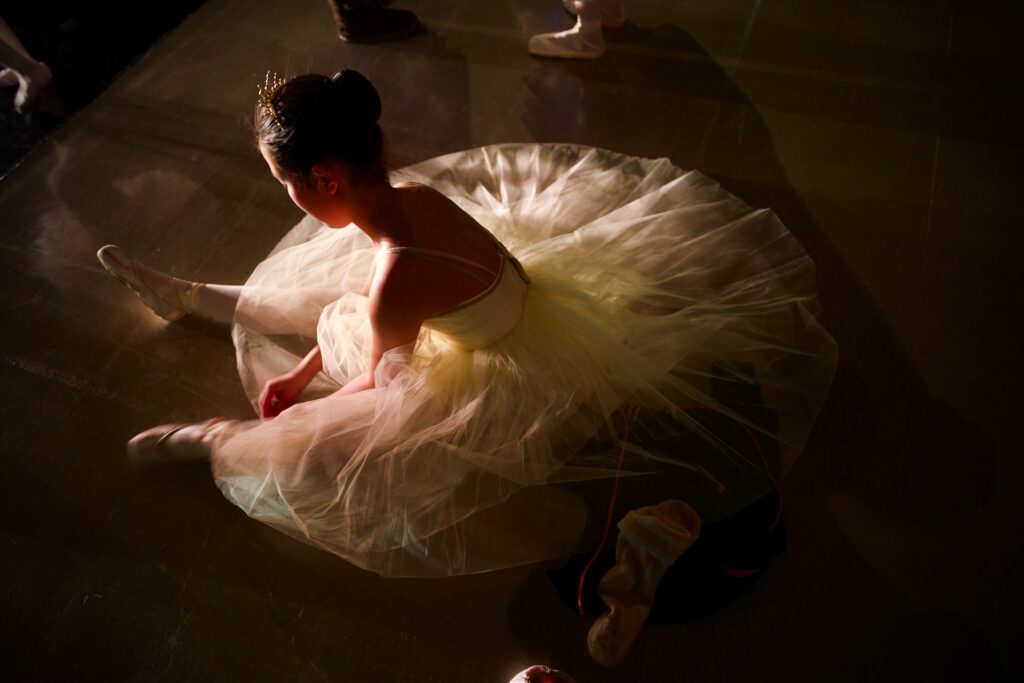News
2nd January 2023
Top 10 Best American Playwrights

News
4th July 2022

What are the basic ballet moves I hear you ask? Or as a beginner, how do you move onto a more professional level? Do you know the difference between a pique ballet move and the ballet move known as a plié? If you want to be the prima-ballerina at the best ballet company, follow this advice and get to know the dancers at the top of their game to be just like them. I will mention some famous ballet dancers who made their name in this industry and how much a ballet dancer can earn.
Ballet is a form of artistic dance, which is performed to classical music, and originated in the Italian Renaissance in the 15th century and then was later expanded in France and Russia as a concert style of dance. It is very different in style from contemporary dance and performers will take on a very intensive training programme before they perform professionally. Training is essential and dancers will rehearse long hours to hone their technique and keep their body in shape. The particular ballet dance moves and gestures are very precise and at the same time graceful, using your full body. Pointe shoes with reinforced toes help the ballerinas create moves such as the echappé, emboité, pirouette. Don’t worry I will expand on this and give you a list of basic ballet moves which you should know if you want to be a professional dancer.
Pre-primary and primary is followed by 8 grades in ballet, and usually you would begin at a younger age. Training will typically take 8-10 years and ballet dancers can start at the age of 7. However, children can be entered into dance examinations at the very young age of 5. It is likely to take on average of 2 technique classes per week. To become a professional ballet dancer, you will be around 20 years old. Sergei Polunin, the Russian ballet dancer who danced for the Royal Ballet became a principal dancer at the age of 20 in 2010. He was certainly the youngest male principal dancer.

So how many beginner ballet moves are there and how do you move on to more advanced moves? What do you need to train your body to do in order to perform 8 shows a week? Ballet takes a toll on your body, so training every day is a must and if you are part of a company, then this will be part of your daily regime anyway. Discipline is vital as you need to ensure you do these steps at home as well to keep fit.
Arabesque – extension of the dancer’s leg off the floor to the back of the body
Assemblé – this move is a jump in which the front leg extends out to the side and up off the floor while the supporting leg hops. The extended leg then lands behind the supporting leg in fifth position.
Attitude – pose in which the dancer’s leg is lifted and extended to the front or back of the body, knee turned out to the side.
Balancé – It is a three-step combination in which the dancer steps to the side with one foot, lifts onto the ball of the second foot from behind the ankle, then replaces weight on the ball of the first foot to begin again on the other side.
Battement – this is when the dancer’s lifted leg is extended away from the supporting leg. There is both a petite battement and a grande battement and développe.
Brise – one foot extends up and out before the jump. There are three main differences.
Cabriolé – a cabriolé is a jump in which your legs meet in the front or in the back. One leg is extended first, and the other is lifted to meet it quickly before landing on the supporting leg.
Changement – The dancer begins in fifth position. He or she jumps and switches which foot is in front before landing again in fifth position.
Ciseaux – this ballet move is a split leap with one leg in the front of the body and one in the back.
Echappé – dancer separates his or her legs and lifts onto the toes. It begins and ends in fifth position.
Emboite – supporting leg is on point while the other is externally rotated. In the rotated leg, the dancer’s toes point to the inside edge of his or her thigh, just above the knee of the supporting leg.
Jeté – this is a quick extension and lift of one leg to the front, back, or side. In this move, the leg should be completely straight.
Pas De Bourrée – A pas de bourrée is a three step lateral movement, dancing on the toes. To begin, lift the back foot into coupé.
Passé – A passé is the movement of the foot up the supporting leg and replacement behind it. You can begin learning how to do a passé from retire.
Petite Jeté – a petite jeté is a jump switch from coupé.
Pirouette – this move is essentially a turn, by which you start in the fourth position.
Plié – to perform a plié, you bend your knees, or squat. This can be done with any basic foot position.
Port De Bras – there are 3 positions, as follows:
Relevé – in this ballet move, you will be lifting your heels up so that you are on your toes. It can be performed in any position, on one or two feet.
Soubresaut – a soubresant is a jump beginning in fifth position. The dancer jumps straight up and lands in the same position. Beginners can practice in third position. You also do this on the move.
Tendu – A tendu is a simple point of the toe away from your body. It is the foundation of many other moves in ballet.

On average, a ballet dancer can earn between $14,500 and $36,500 and if you are lucky, you can earn $256,500 in a year.
So there you have it ballet dancers, those are all the ballet moves you need to practice in order to become the principal dancer of a dance company and ace that audition for Swan Lake or The Nutcracker. To find out more about ballet choreographers and dance in general, read our other articles about Akram Khan, Bob Fosse, Martha Graham, George Balanchine and many more. Make sure you keep working on those arabesques and remember ‘great dancers are not great because of their technique, they are great because of their passion.’ Martha Graham
Allow Center Stage to sky-rocket your career and surface your talents to casting agents, booking agents, directors, and modelling agents worldwide. Pre-register by clicking the button below!